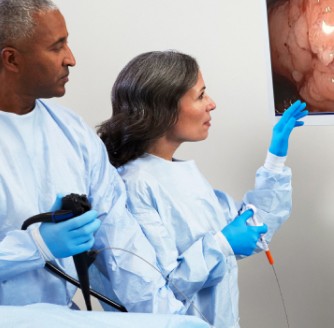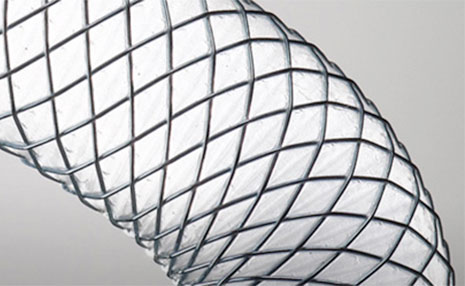Gastroenterology
Keep pace with advancing EMR & ESD procedures
Advancing pancreatic cancer careGastroenterologists share ways to improve the quality of care for pancreatic cancer patients – from definitive diagnosis to mitigating risks to cost effectiveness. |

Products
Discover clinically proven technologies for treating gastrointestinal diseases.
Find ProductsProcedures & Treatments
Find the right techniques for managing gastrointestinal diseases.
Explore Procedures and TreatmentsHealthcare Solutions
|
ASC SolutionsOptimize your Ambulatory Surgical Center business while delivering high-quality patient care. |








